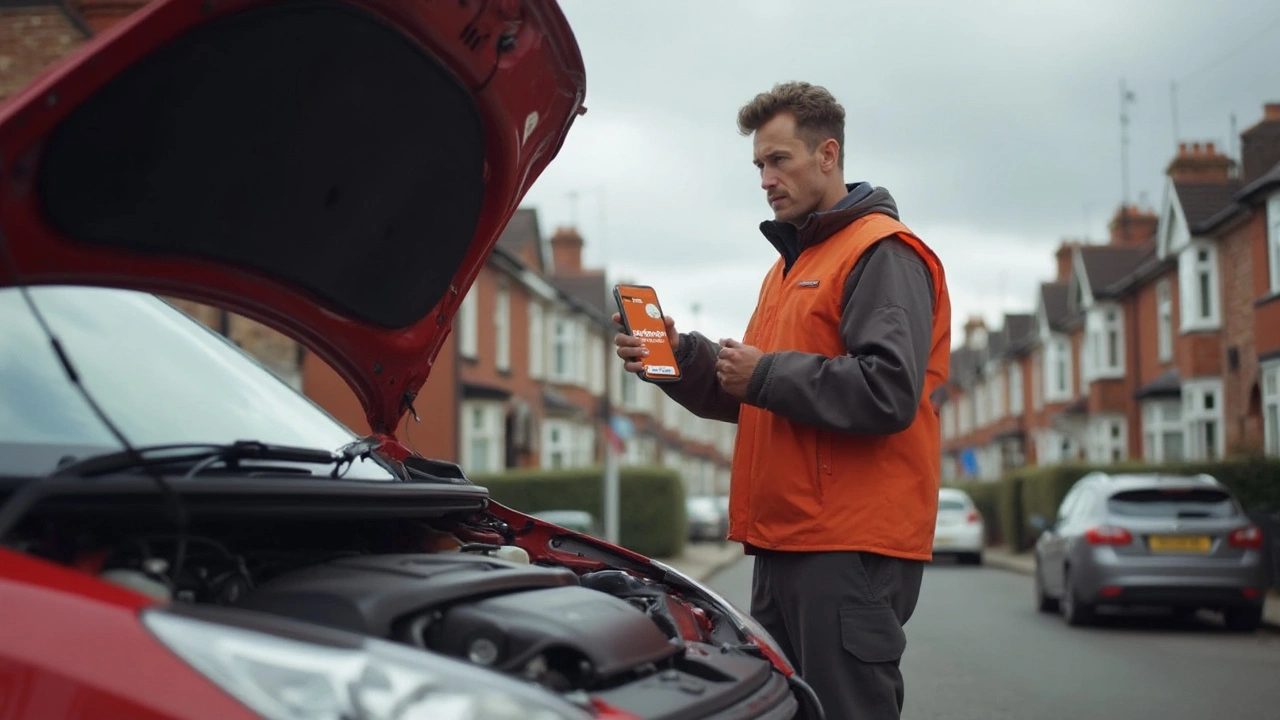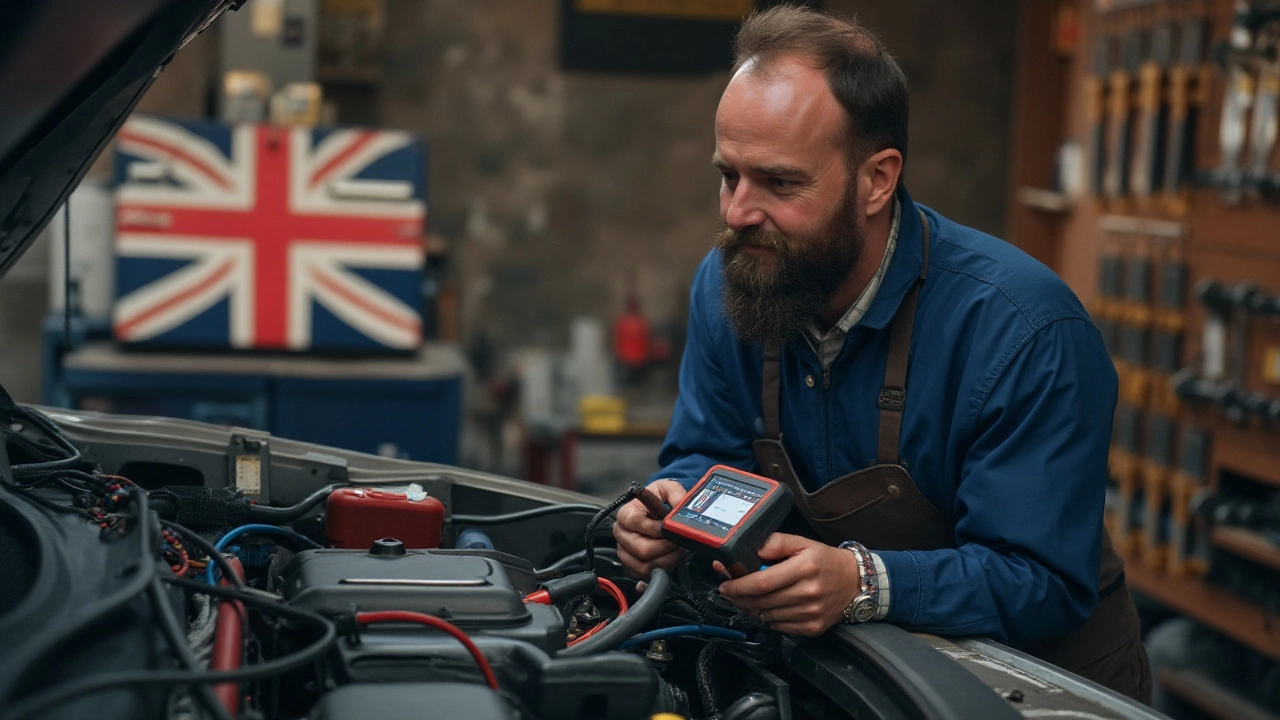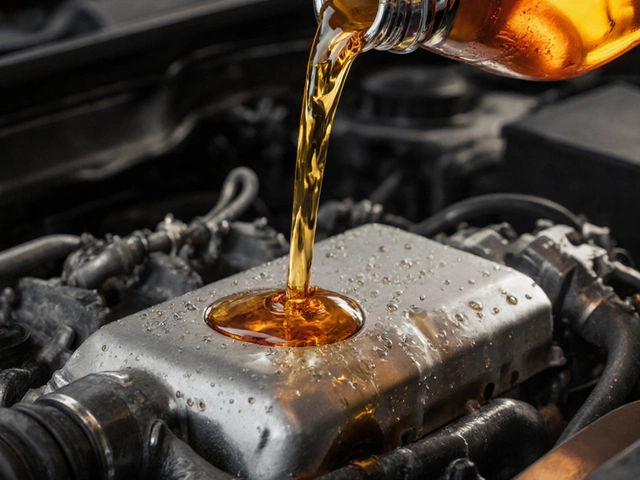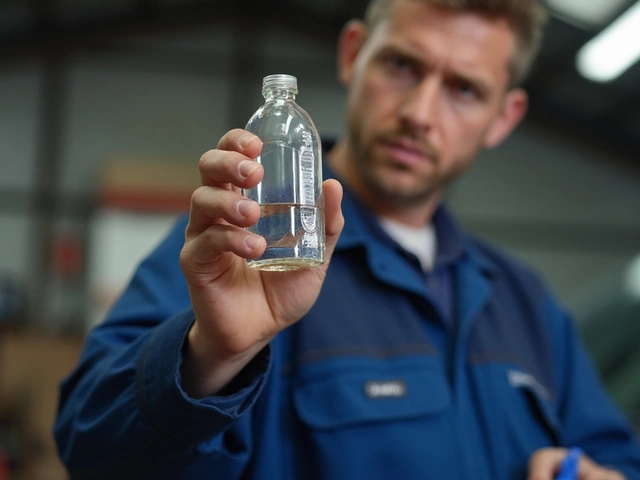Car Diagnostics: Quick Tips to Spot Problems Fast
If your car feels off, you don’t need a PhD to figure out why. Simple diagnostics can save you time, money, and a lot of hassle. In this guide we’ll walk through the most common symptoms, the basic tools you can use at home, and how to decide when it’s time to visit a professional. By the end you’ll have a clear game plan for spotting issues before they turn into costly repairs.
Common Symptoms to Watch
First, pay attention to how the car behaves. A rough idle, stalling at lights, or a sudden loss of power often points to ignition or fuel problems. Clicking noises when you turn the key usually mean a weak battery or failing starter. If the steering feels loose or the car pulls to one side, the suspension or alignment could be the culprit. These everyday clues line up with many of our recent posts, like the guide on bad clutch symptoms and the article about bent suspension dangers.
Another red flag is the dashboard. A flashing check‑engine light is the most obvious sign that the engine control unit has detected something wrong. Even if the light isn’t on, odd smells—like a burning clutch odor—or unusual exhaust fumes can hint at deeper issues. Keep a notebook of any new sounds, smells, or performance changes; the details help a mechanic pinpoint the problem faster.
Simple DIY Diagnostic Tools
You don’t need expensive equipment to do the basics. A reliable OBD‑II scanner plugs into the car’s diagnostic port and reads error codes in seconds. Most auto parts stores rent them for a few pounds a day, and the code numbers give you a starting point—like “P0300” for a random misfire. A multimeter can test battery voltage and sensor resistance, while a simple fuel pressure gauge helps verify pump performance, a topic covered in our fuel pump testing article.
Don’t forget visual checks. Look under the hood for cracked hoses, loose belts, or oil leaks. Inspect the air filter—if it’s dirty, replace it; a clean filter improves engine breathing and fuel efficiency. Check the brake pads; replacing only the rear pads can cause uneven wear, as we discuss in the rear brake pad safety post. These quick inspections often reveal the issue before you need a professional scan.
When you’ve gathered symptoms, codes, and visual evidence, you can decide the next step. If the problem is a simple filter change, a worn spark plug, or a low‑voltage battery, you can handle it yourself with the right guide. Our articles on spark plug replacement and DIY battery swaps walk you through each step. For more complex trouble—like transmission clutches or suspension damage—bring the information to a trusted shop. The clearer your diagnosis, the shorter the repair time and the lower the bill.
Car diagnostics is all about staying observant and using the right basic tools. By catching problems early, you keep your ride running smooth, avoid surprise breakdowns, and save money. Browse the other posts on this page for deeper dives into specific issues, and feel free to swing by Northwich Tyres Centre for a professional check if you ever feel stuck. Your car will thank you.
 14 June 2025
14 June 2025
Can AutoZone Test a Fuel Pump? Realities, Limits, and What to Expect
If your car is acting weird and you think the fuel pump is failing, you might wonder if AutoZone can test it for you. This article digs into what AutoZone really offers when it comes to fuel pump testing, clears up common misunderstandings, and shares what you should actually expect. I’ll cover what these free tests do (and don’t do), plus give tips on what to do if the results are unclear. Get straight answers before making a repair decision or dropping cash on a new part.
 8 December 2024
8 December 2024
Diagnosing Fuel System Issues: Fuel Filters vs. Fuel Pumps
When your vehicle starts to show signs of sluggish performance, it may be caused by a faulty fuel filter or fuel pump. Both components are vital for the optimal running of your car engine, delivering the right amount of fuel when needed. Knowing the symptoms associated with each can save you time and money by avoiding misdiagnosis and unnecessary repairs. In this article, we'll dive deep into telling these problems apart and provide useful tips for maintaining your fuel system.
 16 November 2024
16 November 2024
Can a Code Reader Diagnose a Faulty Fuel Pump?
Discover how code readers can be utilized to identify fuel pump issues, potentially saving time and money for car owners. Delve into understanding the fuel delivery system and how technology simplifies diagnostics. Learn the limitations of code readers and alternative methods for comprehensive vehicle troubleshooting. Gain insight into maintaining your vehicle's fuel efficiency and preventing costly repairs.
Latest Posts
-

Using Regular Oil Instead of Synthetic: Risks, Effects & What to Expect
-

Can You Fix a Radiator Without Replacing It? Real Solutions for Car Troubles
-

How Long Will a Car Run Without Oil? The Brutal Truth
-

Why Changing Brake Pads on Time Could Save Your Life
-

Exploring the Lifespan of Car Engine Oil for Optimal Performance

0